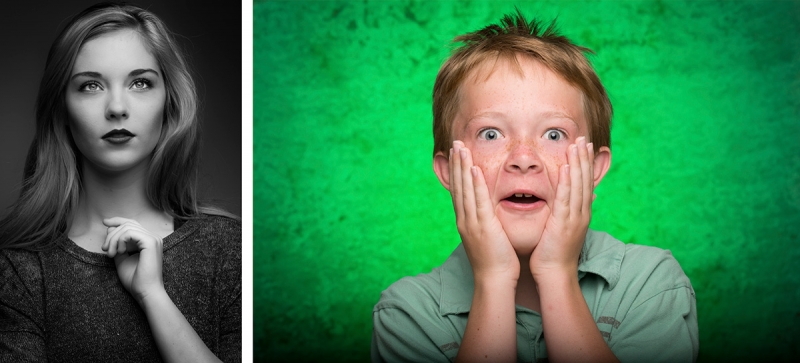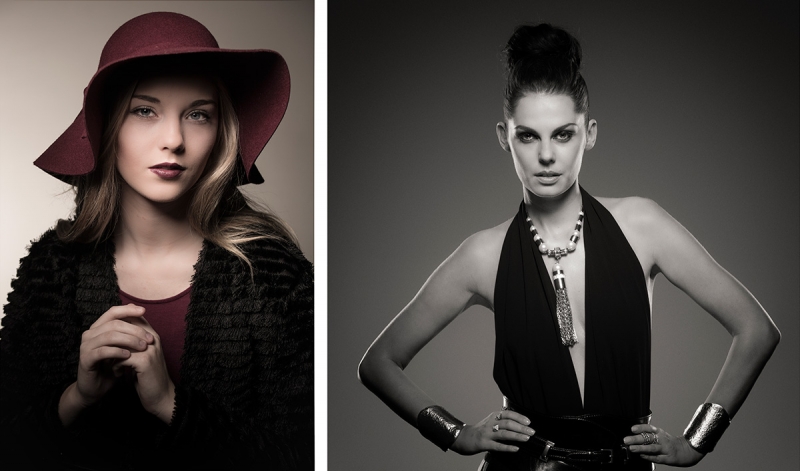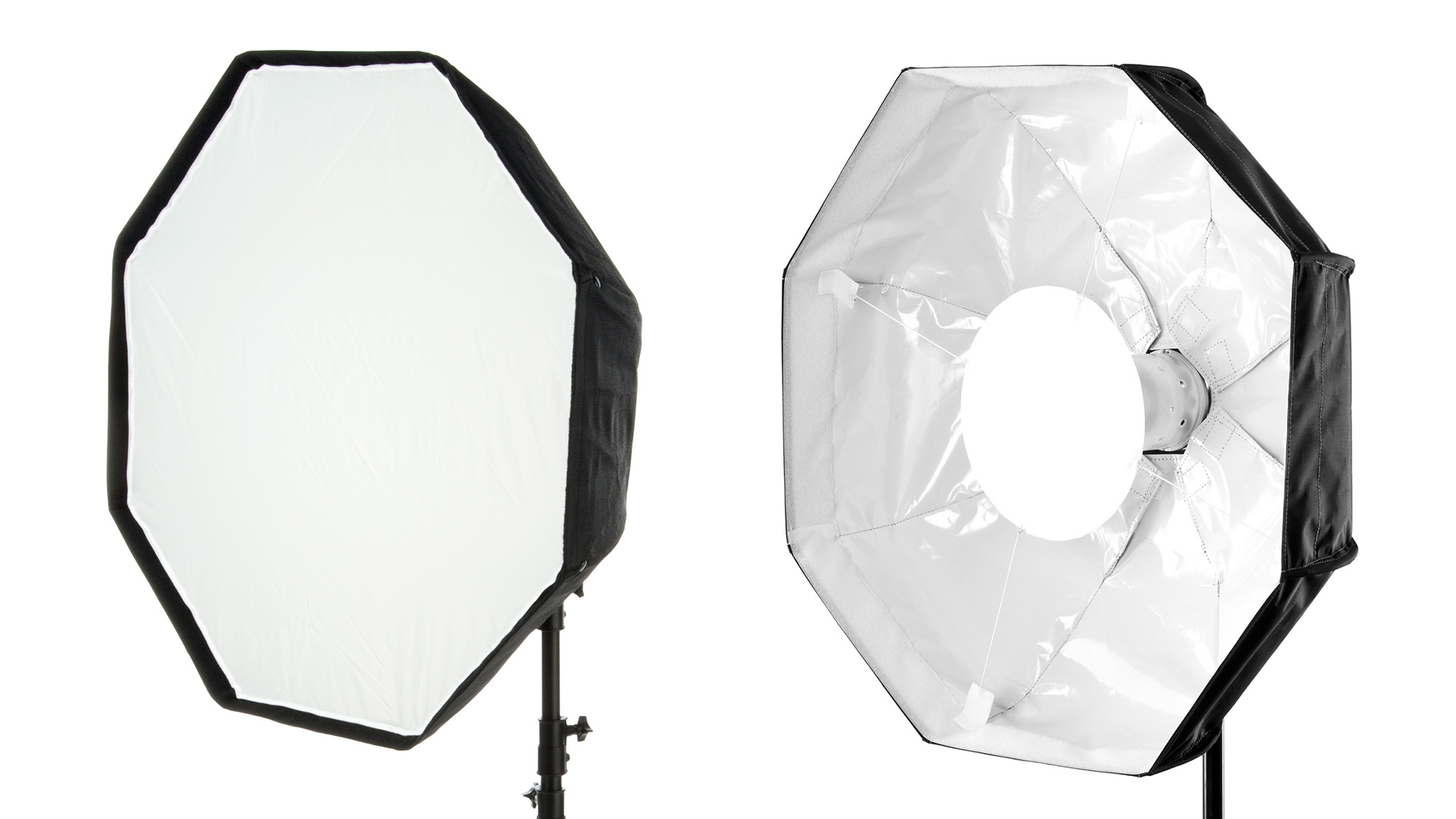Light it right
Lighting expert Tony Corbell explains when to use octabanks vs. beauty dishes in portrait photography.
• October 2015 issue
Octabank vs. beauty dish
For many years well-meaning mentors have given photographers lighting recipes in the form of detailed descriptions and diagrams. They present rigorous lighting formulas with the belief that they’re helping photographers understand the intricacies of lighting by offering specific schemes to follow. I believe in going beyond recipes to understand the complexities of lighting, the theories behind good photographic lighting, and the why’s of light and shadow control. It’s only through education that photographers can best use the vast array of devices at their disposal and select the tools that are most appropriate in any given situation.
What I’m going to address in this article are the differences between and benefits of two popular lighting tools: the octabank and the beauty dish. There’s been a recent increase in the number of people using the popular beauty dish as a main light source. And why not? It’s smallish, lightweight, and not terribly expensive. I also see an increase in people working with octabanks. Let’s look at a comparison between these tools to see if we can determine the best specific uses for them and under what conditions each is most appropriately used.
OCTABANK
Figure 1 shows an image I lit with a 48-inch octabank placed about the octabank’s width away from the subject. One thing I’ve tested many times and proven true is that with any large light source, you’ll generally get a better picture when you work the source very close to the subject. However, care must be taken to reveal the subject’s features. There are times when an extra-large light source creates “mushiness,” in the subject’s features, such as a really tight head shot lit with a 4x6-foot soft box very close to the face. This can create an image that’s a little softer than is comfortable to the eye, with little or no shadows and very soft highlights. It can actually alter facial features by eliminating any example of depth, shape, and true form.

In portrait photography, the highlight in the eye, the catchlight, becomes a design element. The octabank does a great job of creating a substantial catchlight that, when placed almost anywhere in the upper portion of the subject’s eye, yields a great looking picture with life (Figures 1 and 2).
BEAUTY DISH
The beauty dish delivers its own style and a look that can turn an average photograph into something very special—but only when it’s used appropriately. It’s not the forgiving, soft light source you’ll find with a soft box, octabank, or even a raw light behind a translucent diffusion panel. It’s best used when placed close to the subject’s face. And because its light is fairly directional, the exact placement is critical. My method for finding that critical placement is to put the beauty dish close to the subject, then move it up and down while looking carefully at the face. As I move the dish, I’m watching for the perfect sweet spot that reveals itself a little differently with each subject. But trust me, when you see it, you’ll know it.
While many light-shaping tools transmit light through a diffusion fabric to soften the light quality, beauty dishes work by bouncing light into the parabolic shape of the silver or white dish, reflecting the light outward onto the subject. This gives an entirely different feel to the skin, especially in a subject who has great skin and great features. When a beauty dish is in the butterfly or “paramount” position high and above the lens, the subject’s cheekbones are greatly enhanced with slight shadows just under the cheeks. In this case, the mask of the face is lit ideally to show great definition.

Figures 3 and 4 are examples of beauty dish lighting with a grid in place on the light-shaping tool. The grid helps to prevent light from spilling into areas you don’t intend to light. For example, if it’s important not to allow light to strike the background, a grid spot for the beauty dish is ideally suited for this task as it contains the light and directs it only straight forward, not outward and away from the source.
LESSON LEARNED
An octabank works well to smooth out imperfections in the face and skin such as
blemishes and wrinkles. It does a great job of softening these features. The beauty dish is really good for lighting subjects who have especially smooth skin and clean, even facial features. Think of the beauty light as being great with beautiful faces.
Tony Corbell has conducted more than 600 seminars and workshops worldwide. In 2014 he received PPA’s Gerhard Bakker Award recognizing his outstanding service to the profession through education.


